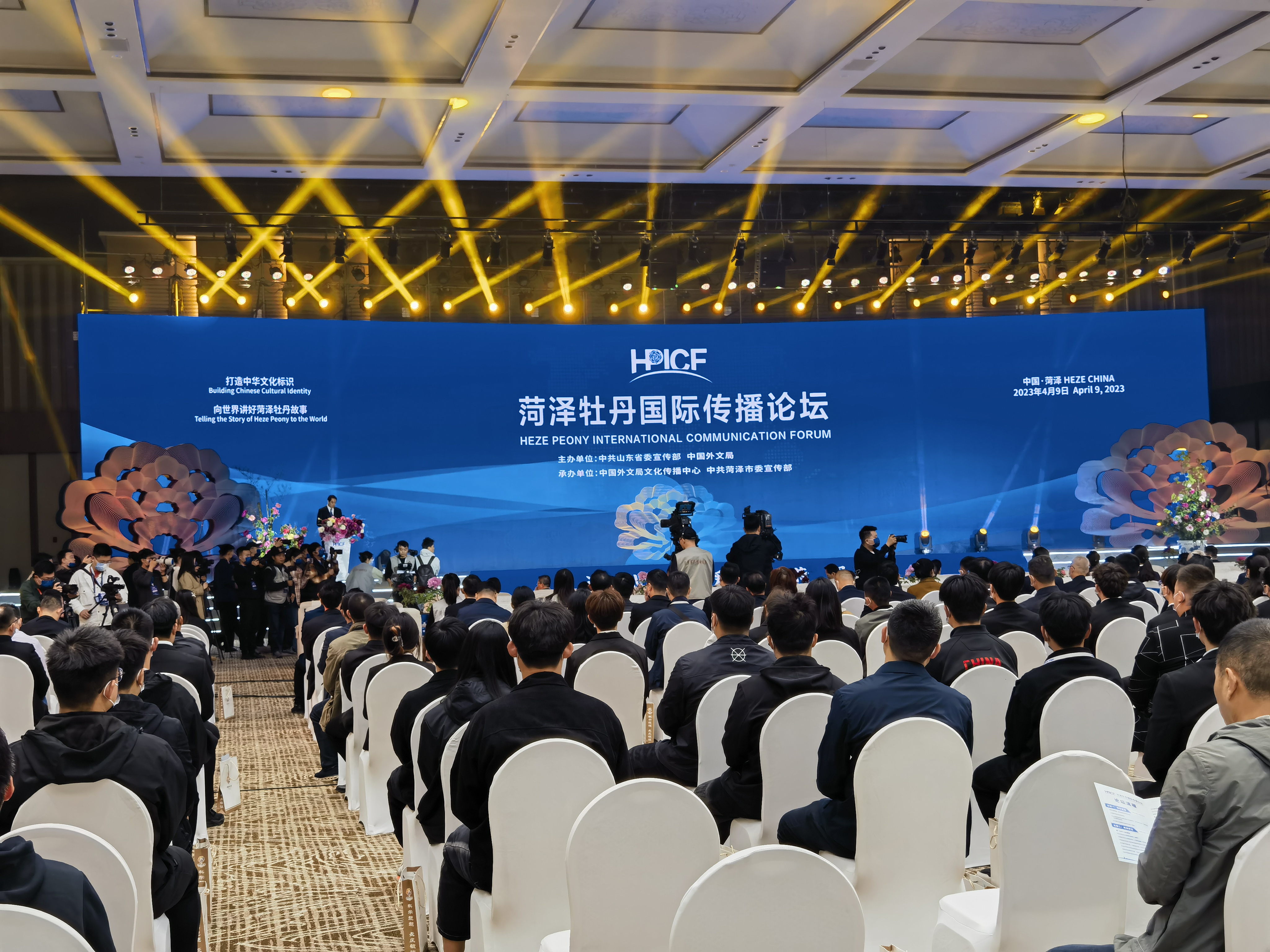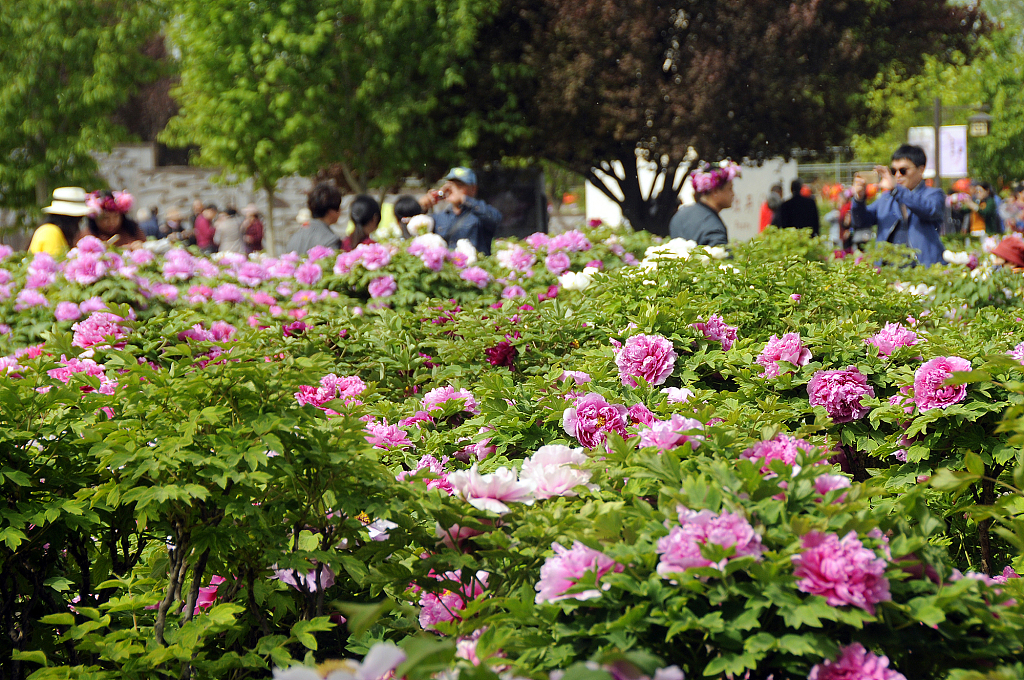
Peony flowers are in full bloom in Heze, Shandong. /CFP
Peony flowers are in full bloom in Heze, Shandong. /CFP
The 2023 Heze Peony Festival was successfully staged in Heze, east China’s Shandong, in April. It included a conference about the research into, and cultivation of, peony products, as well as a festival promoting cultural tourism on an international level which will run throughout the month.
This year, two sub-venues were established for the event - one in South Holland Province in the Netherlands and the other in Chongqing in southwest China.
Experts and scholars from the fields of peony planting, processing, scientific research, and marketing from China and other countries gathered to discuss the development of the peony industry.
"The World Peony Conference, with flowers as a medium, has built an important platform for enhancing communication, strengthening cooperation, and seeking common development for the peony industry," said Chen Ping, vice governor of Shandong.
Selim Belortaja, Albania’s ambassador to China, also gave the festival a big thumbs-up.
"I am very happy to come to Heze to appreciate the peonies and see that Heze has opened its doors to people from all over the world. I wish that peonies will always bloom as a symbol of peace,” he said.

The Heze Peony International Communication Forum is held in Shandong on April 9, 2023. /CGTN
The Heze Peony International Communication Forum is held in Shandong on April 9, 2023. /CGTN
Participants also voiced their support for the further development of the local industry. Israeli Ambassador to China Irit Ben-Abba said she was excited at the prospect of seeing new varieties, colors, and cultivation techniques for peonies in the future.
Several ceremonies were held during the conference, including the unveiling of a new Heze-based peony culture center, a launch ceremony for the Heze branch of the Kunming International Flower Auction Center, and a signing ceremony for investment promotion projects.
Peonies have been cultivated in China for about 2,000 years. "Shennong Bencaojing" (Shennong Materia Medica), a Chinese text on agriculture and medicinal plants that was published during the Han Dynasty (202BC-220AD), was the first to record peonies in the latter category.

People visit the Caozhou Peony Garden in Heze, Shandong. /CFP
People visit the Caozhou Peony Garden in Heze, Shandong. /CFP
Formerly known as Caozhou, Heze is a city in east China's Shandong that has long been famous for producing peonies.
During the Ming (1368-1644) and Qing (1644-1911) dynasties, more than a dozen peony gardens were cultivated and developed there, leading to the abundance of varieties available today. Heze's ornamental peonies are known for having nine series of colors, 10 flower types, and 1,280 varieties.
Today, Heze is one of China's largest bases for peony breeding, cultivation, research, processing, export, and ornamental displays. In 2012, the city was named the "Peony Capital of China" by the China Flower Association.
There are more than 120 peony production, processing, and export enterprises in Heze. They have developed over 260 products such as peony seed oil, peony tea, and biomedical products. These are now being exported to more than 30 countries and regions, including the United States, France, Germany, and Japan.